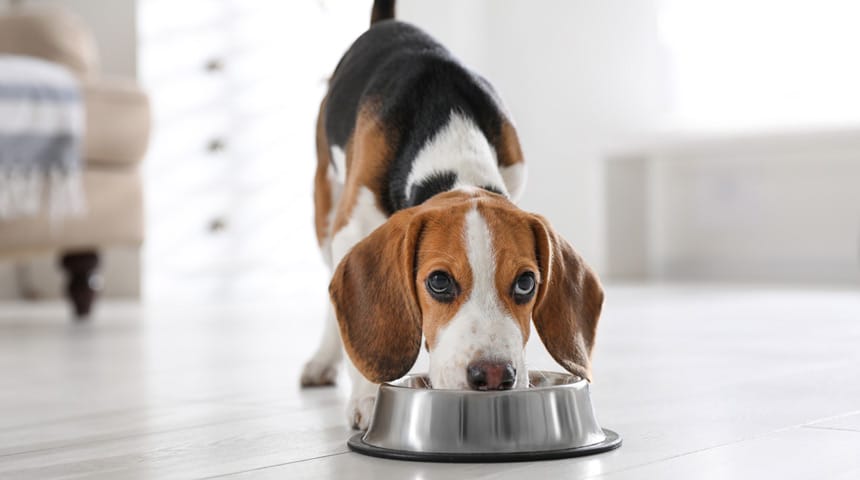
Urinary blockages are relatively common in pets. This is a very painful condition where the urethra is blocked by sand or stones. Animals are therefore unable to urinate and show the following signs: difficulty or inability to urinate, turning in circles, licking their genitals and/or vocalizing, and more! Male cats are predisposed to this condition. Here are some tips to reduce the risk of urinary blockage in your pets:
Drink a Lot of Water
Water must always be available at all times. It is important that it is fresh to make it more attractive. Change the water every day and put several bowls around the house. You can encourage your dog to drink water by making sure the bowls are always clean, offering filtered or bottled water when needed, having large water bowls, or even providing water fountains.
Frequent Urination
It is important for your dog to have access to a place to urinate as often as possible. Dogs need to go outside several times a day.
Canned Food
Water can be consumed through food. Canned food contains a lot of water and is a great way to encourage your dog to consume water.
Medication
Consult your veterinarian to find out about the possibilities of prevention through medication.
Urinary Diet
Some kibble and canned foods are specifically designed for dogs at risk of urinary blockages. Consult your veterinary team to choose the best food for your dog.
Reducing Stress
Dogs that live in a stressful environment may be predisposed to urinary blockages.

